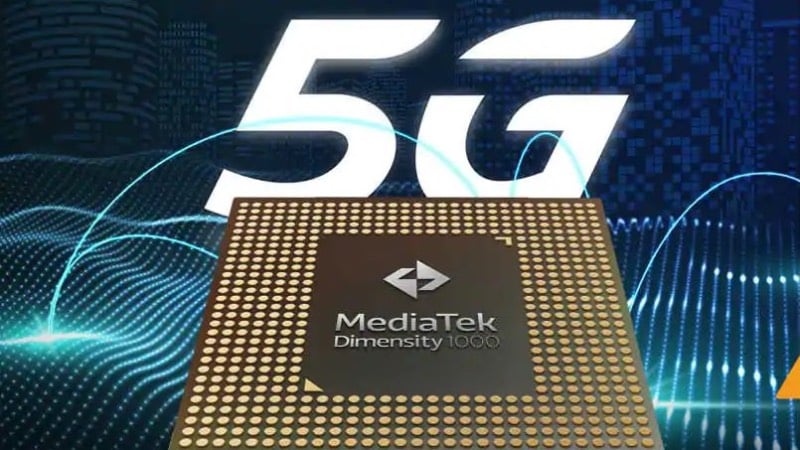MediaTek Dimensity 1000 Architecture The highlight of the newly announced Dimensity 1000 is that it is built on the 7nm manufacturing process and it consists of four Arm Cortex-A77 cores operating at 2.6GHz. Also, there are four power-efficient Arm Cortex-A55 cores clocking 2.0GHz. As per MediaTek, this configuration of four efficiency processors and four performance-based processors allows it to strike the right balance. In addition to these, for graphics, the Dimensity 1000 employs ARM Mali-G77 GPU. Lastly, there is also a new MediaTek AI Processing Unit on this chipset which is being called the APU 3.0. This processing unit has been touted to offer 4.5 TOPS computing speed. MediaTek Dimensity 1000 Series Connectivity When it comes to connectivity, the latest Dimensity 1000 series of chipsets connects via Wi-Fi 6 and Bluetooth 5.1 standards which ensure better and faster connectivity with up to 1 Gbps throughput in both downlink and uplink speeds. The Dimensity 1000 also extends support for 5G, and even with that, it supports two carrier aggregation (2CC CA). Not only this, but the Dimensity 1000 has been touted to come with the world’s fastest throughput SoC with 4.7Gbps downlink and 2.5Gbps uplink speeds which will be over the sub-6GHz networks. There is also support for stand-alone and non-stand alone (SA/NSA) sub-6GHz networks, apart from multi-mode support for every cellular generation from 2G to 5G. MediaTek Dimensity 1000 Series Features The Dimensity 1000 series from MediaTek would also be the first one to come with five-core image signal processor (ISP) which pairs up with MediaTek’s Imagiq+ technology which improves the video and camera quality. The chipset will also be capable of extending support for 80MP cameras sensors at 24FPS, and it will also support multi-camera configurations such as the 32MP and a 16MP one. Apart from this, the aggregating of two 5G connections (2CC CA), will also increase the throughput and speed. The APU on the Dimensity 1000 series also extends support for advanced AI-camera enhancements for autofocus, auto exposure, auto white balance, noise reduction, high-dynamic-range (HDR), and facial detection. There is also the capability for multi-frame video HDR capability, which is the first time for any chipset. Lastly, there would also be support for FullHD+ displays up to 120Hz and 2K+ up to 90Hz apart from AV1 format support which will allow for better visual details, enhanced sound, and higher resolution while streaming.
